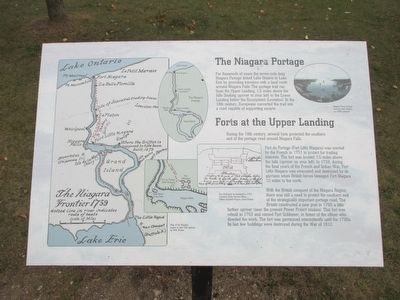Welcome to Fresno, California, a city with a rich tapestry of history that weaves together the stories of Native American tribes, ambitious settlers, and visionary leaders. As you explore Fresno, you’ll discover how this bustling city in the heart of the San Joaquin Valley evolved from a modest railway station into a vibrant agricultural hub.
The story of Fresno begins long before European settlers arrived. The region was originally inhabited by the Yokuts and Miwok people, who thrived here thanks to the fertile land and the San Joaquin River. They traded with other tribes and lived in harmony with nature, setting the stage for Fresno’s future as an agricultural powerhouse.
Fresno’s modern history took a significant turn in 1872 when the Central Pacific Railroad established a station here. This development was part of a broader expansion of the railway system following the California Gold Rush, which had brought a surge of settlers to the area. The railway station quickly attracted settlers looking to capitalize on the agricultural potential of the valley.
By 1885, Fresno had been officially incorporated as a city. It grew rapidly, thanks in large part to innovative irrigation systems developed by pioneers like Moses Church. These systems transformed the arid land into fertile farmland, making Fresno the center of a booming agricultural industry.
Throughout its history, Fresno has been home to many notable figures. One such figure is Aaron Judge, a professional baseball player for the New York Yankees, who spent his college years at California State University, Fresno. His journey from Fresno to the major leagues is a testament to the city’s nurturing environment for talent.
Fresno’s evolution over time has been marked by resilience and adaptation. The city survived natural disasters, such as the Great Flood of 1862 and subsequent floods that reshaped the landscape and prompted the relocation of the county seat from Millerton to Fresno.
In the broader context of California’s history, Fresno played a crucial role in the development of the Central Valley as a major agricultural region. The city’s strategic location and innovative spirit helped it become a leader in the production of crops like grapes, almonds, and citrus fruits.
Today, Fresno continues to be a vibrant community with a diverse population and a rich cultural heritage. The Fresno Art Museum, for instance, reflects the city’s commitment to the arts and its celebration of diversity through exhibitions that showcase works from local and international artists.
Fresno’s story is one of growth, resilience, and community. From its beginnings as a railway station to its current status as a thriving city, Fresno remains a testament to the enduring spirit of its people and the fertile land that sustains them.



